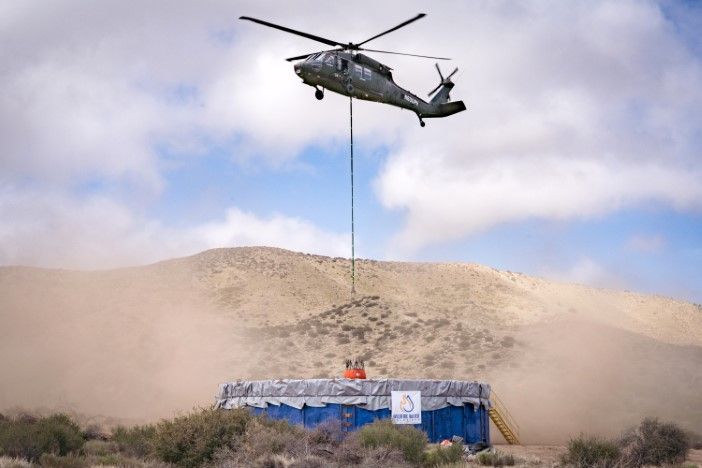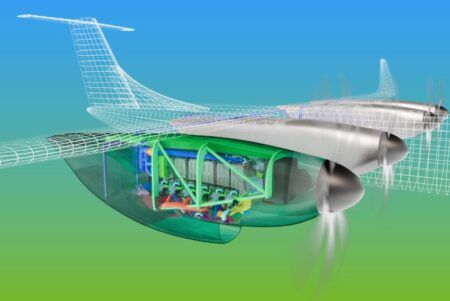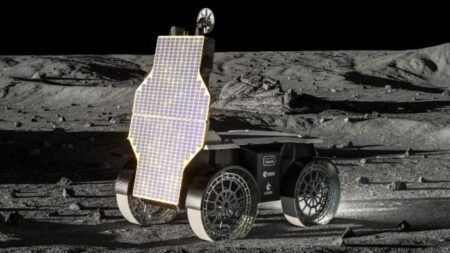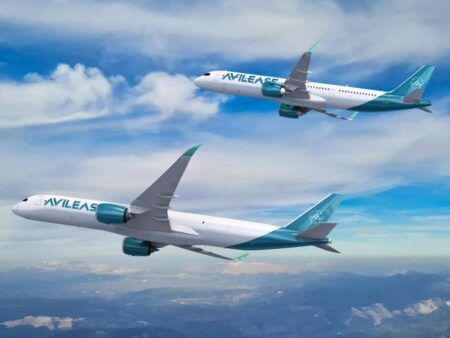Sikorsky has tested autonomous wildfire suppression technology using an optionally piloted Black Hawk helicopter equipped with advanced flight systems.
The tests, conducted in late April in Southern California with aerial wildfire technology company Rain, demonstrated the aircraft’s ability to autonomously locate and suppress fires in challenging conditions.
The demonstration integrated Sikorsky’s Matrix flight autonomy system with Rain’s wildfire suppression planning software to enable autonomous firefighting operations. The tests took place at 3,300ft altitude with wind gusts reaching up to 30 knots (35 mph) over live fires in wildfire-prone terrain.
“Sikorsky and Rain have integrated two autonomy systems – our Matrix technology that controls the flight of any crewed or uncrewed aircraft, and Rain’s wildfire mission autonomy system that finds and tracks the fire, develops a suppression plan, and navigates the aircraft to drop water onto the target,” said Rich Benton, Sikorsky vice president and general manager.
The Black Hawk helicopter used in testing was equipped with fly-by-wire flight controls, satellite datalink, and onboard thermal and vision cameras. Rain’s mission autonomy software layered onto the Matrix system enabled a ground operator to command the aircraft using a tablet interface.
During the tests, the autonomous system performed multiple technical functions, including guiding the aircraft to a water source, filling a 324-gallon Bambi Bucket while hovering, locating brush pile fires using thermal sensors, calculating optimal flight paths accounting for wind conditions, and determining precise water release timing to achieve desired coverage.
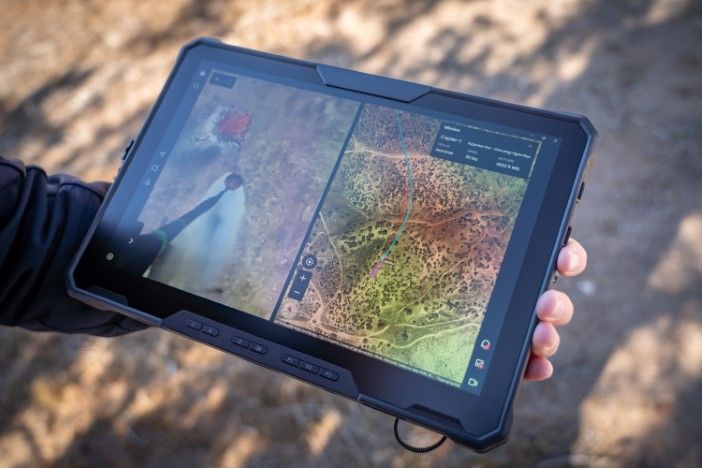
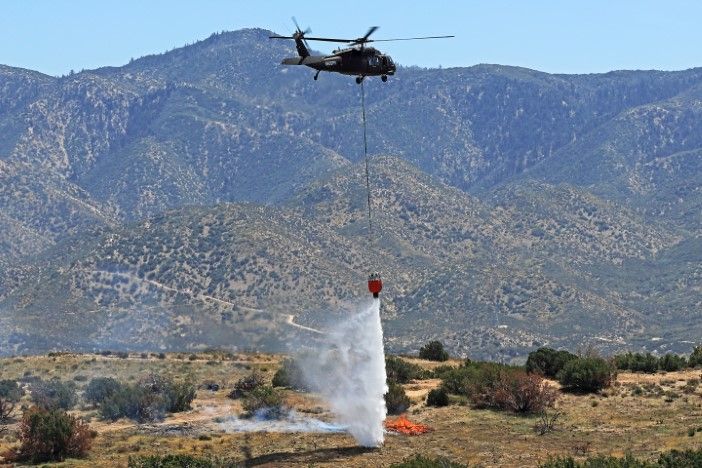
San Bernardino County Fire Protection District firefighters collaborated closely with the test team, building and igniting multiple brush piles for the aircraft to locate and suppress. Sensors mounted on the aircraft geolocated the fires and streamed video to the ground operator’s command tablet for situational awareness and decision making.
Sikorsky safety pilots remained hands-off the flight controls throughout the autonomous operations. A 189,000-gallon water tank positioned less than a mile from three adjacent hilltop burn sites served as the water source, provided by Wildfire Water Solutions.
The aircraft completed 24 hours of flight time over two weeks. Representatives from Cal Fire, San Bernardino County Fire District, Orange County Fire Authority, and the US Forest Service observed portions of the tests.
During one series of water drops, a crewed OCFA Sikorsky S-76 airborne command helicopter operated alongside the autonomous Black Hawk, demonstrating communication interoperability in the same fire traffic area.
“The technology that Rain and Sikorsky is demonstrating is a powerful part of the ecosystem of advancing fire service technology that is answering the year-round fire seasons we’re facing throughout California,” said Dan Munsey, chief of San Bernardino County Fire District.
The Black Hawk helicopter used in testing is similar to the Firehawk helicopters operated by Cal Fire and local fire departments across California. These agencies currently operate 24 Sikorsky S-70 Firehawk helicopters, each equipped with a 1,000-gallon belly-mounted water tank, with three more to be delivered to Cal Fire this year.


